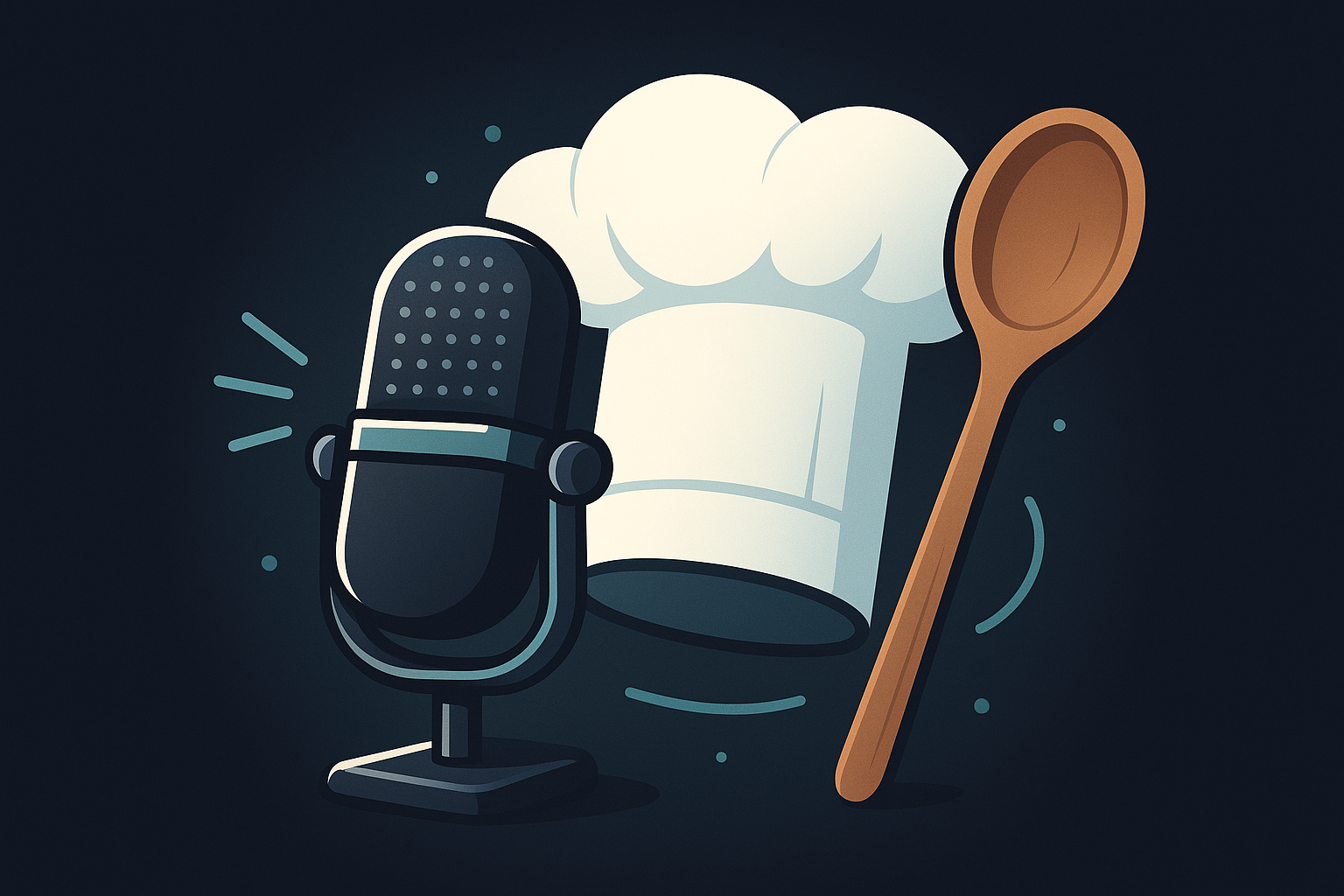The Secret Sauce: How Kitchen Utensils Teach Us About AI, E-Commerce, and Human-Centered Design
Let’s talk about kitchen utensils. Not the sexiest topic, I know. But bear with me. There’s a parallel universe where the humble spatula is a metaphor for how we build, adopt, and trust technology—especially AI. If you’ve ever wandered through a kitchenware aisle and wondered why there are thirty varieties of tongs, you’re already halfway to understanding the complexity of tech adoption. Dioro’s recent breakdown of what makes the ideal kitchen utensil set is a masterclass in transformation—one that marketers, product builders, and podcast listeners at the crossroads of AI and commerce should pay attention to.
From Spatulas to Supercomputers: The Utility Principle
Here’s the dirty secret: most kitchen utensils don’t start out indispensable. The spatula, the whisk, the slotted spoon—they earn their place in the drawer through repeated, practical use. They’re not there because they’re shiny, but because they solve a problem. Dioro’s article drills this home: a great kitchen utensil set is about utility, not just aesthetics. A tool that melts when you leave it on the pan, or a whisk that can’t reach the corners of a bowl, is a liability, not an asset.
Now, swap out “utensils” for AI tools. See what I’m getting at? We’re flooded with AI products promising to “change the game,” yet only a handful actually stick. Why? Because, like a good spatula, the tools that last are those that fit seamlessly into our workflow, quietly making life easier without demanding center stage.
Material Matters: The Human Touch
Dioro gets into the weeds on materials: silicone, stainless steel, wood. Each has strengths, quirks, and, importantly, a context where it excels. Silicone doesn’t scratch your nonstick pan; stainless steel stands up to high heat. The choice isn’t about what’s “best,” but about what’s best for the job and for the chef.
It’s the same with AI. There’s no universal model that answers every business’s needs. There are LLMs for chat, vision models for images, and recommendation engines for e-commerce. The transformative part isn’t the sheer existence of AI, but the intentional pairing of tool to task and tech to team. Human-centered design—like ergonomic handles on a whisk—makes the difference between a tool you reach for and one that gathers dust.
One Set to Rule Them All? The Myth of the All-in-One Solution
Let’s be honest: you don’t need a hundred utensils, and you don’t need a hundred AI tools either. Dioro’s philosophy is to curate: offer a set that covers the bases but doesn’t overwhelm. In the podcasting world, how many times have you tried out a new audio plugin or AI summary tool, only to quietly uninstall it a week later? The best sets—whether for kitchens or content production—are those that balance breadth with depth. Enough to give you options, not so much that you forget what’s in the drawer.
Lessons for the AI-Empowered Entrepreneur (Who Also Likes a Good Omelette)
- Prioritize adaptability: Just as utensils should work with a range of recipes, AI tools should flex with your evolving workflow—not dictate it.
- Focus on the user experience: If a tool isn’t intuitive, it’s a distraction. Ergonomics matter, whether we’re talking about spatula handles or dashboard UX.
- Curate, don’t collect: The urge to grab every shiny new tool is strong. Resist. Build your stack (or kitchen drawer) with intention.
- Test in context: You can’t know if a whisk is right until it meets batter. The same goes for AI. Prototype, experiment, and throw out what doesn’t gel.
Action Steps: Bring the Kitchen Mindset to Your AI Stack
- Audit your current tools—digital and physical. What’s gathering dust? What do you actually use every week?
- Define the “recipes” (use cases) you actually make. Don’t buy an avocado slicer for a kitchen that never sees avocados.
- When evaluating new tech—whether it’s a kitchen utensil set or an AI plugin—ask: does this fit the way I work, or am I bending to fit the tool?
- Iterate and seek feedback. The best tools are those you come back to again and again, without thinking.
Tech, like kitchenware, isn’t about the next shiny thing. It’s about finding—or building—the right set to transform how you work. And maybe, just maybe, making a better omelette along the way.
Checkout ProductScope AI’s Studio (and get 200 free studio credits)

